Connecting all is the internet of things (IoT)
Editor’s note: Adapted from the original publication at ag.alltech.com. To read other posts by Aidan Connolly, including how technologies are affecting other species, visit his LinkedIn profile page.
Aquaculture, also known as aqua farming, is believed to have first begun around 4,000 years ago in China with the production of carp and is now the fastest-growing animal food production sector in the world. For the first time in history, the consumption of farmed fish has exceeded that of wild-caught fish, and by 2030, aquaculture is expected to account for two-thirds of the fish that humans consume. Aquaculture also includes the production of shellfish, crustaceans and seaweeds that provide both important sources of human nutrition and molecular components for the pharmaceutical industry.
The increased demand for fish has put a strain on resources and sustainable practices among fisheries, requiring the innovative use of existing and new technologies. Fortunately, there is great potential to produce this protein source sustainably, particularly through the advent of technology.
Like other agricultural industries, the technologies being introduced within aquaculture are the focus of interest from the farming community and its investors. According to AgFunder, aquaculture investment increased 271 percent in 2016 over the previous two years.
The demand for fish is ever-increasing, particularly as its health benefits continue to gain acclaim with consumers, who, overall, are becoming more interested in the nutritional advantages of their food choices. While the production of fish as a primary protein source is considerably more efficient than other protein sources such as cattle or pork by as much as six and four times, respectively, on a feed-conversion basis, much can still be done to improve production and efficiency in aquaculture. In a previous article, I identified eight technologies that possess the power to transform agriculture. I’d like to outline specifically how these eight technologies are having a profound impact on aquaculture.
1. Could 3D printing save lives?
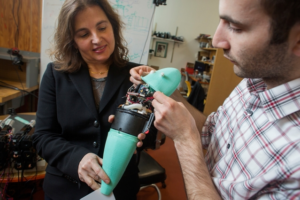
Believe it or not, you can print your own hydroponic system! That is, of course, if you have a 3D printer. While many people still do not have one for personal use, 3D printers are becoming more affordable, and it’s possible that home 3D printers could become as ubiquitous as coffee makers in the near future. 3Dponics is a company that offers downloadable instructions for printing hydroponic systems. Not only could this technology be used by the aquaculture industry to produce hybrid aquaponic systems, but it could potentially lead to personal at-home aquaculture gardens.
Another example of 3D printing in aquaculture is a fish robot printed by MIT that almost perfectly mimics an actual fish’s motions and movements. Technology like this could allow for opportunities to further study and to understand the natural environments of aqua-related species. A better understanding of fish in their natural environment could aid in improving welfare conditions and provide a more natural experience for fish used in production.
A very different aspect of 3D printing involves the production of seaweed. Aquaculture includes plant stocks raised in bodies of water, and within this space, algae hold particular promise for causing disruption and even saving lives. Algae have been used to create an environmentally friendly, inexpensive material in the form of a gel used to 3D print medical implant devices. If demand increases enough to drive the need for increased production, companies such as Australian-based Venus Shell Systems could reap the benefits. The production of human tissue and organs is also already on the agenda, and algae could lead to the next generation of life-saving procedures.
2. Will robots farm our fish?
While considered a sustainable alternative to wild fishing, farmed fish are not without their own sustainability concerns. Fish farms are often cramped conditions that can exacerbate issues such as diseases and parasites, leading to lower yields and higher production costs. A remarkable company that is using this technology to actively sort sick or harmed fish as well as those that are ready for processing is Cermaq. Check out the video on its iFarm system.
The future of fish farming could very well lie in giant, autonomous roaming robotic cages, called aquapods, such as the SeaStation by InnovaSea. While these impressive cages might seem costly when compared to other costs of aquaculture, the technology is likely to prove its efficiencies against stationary fish farms, particularly as demand for protein from fish sources increases.
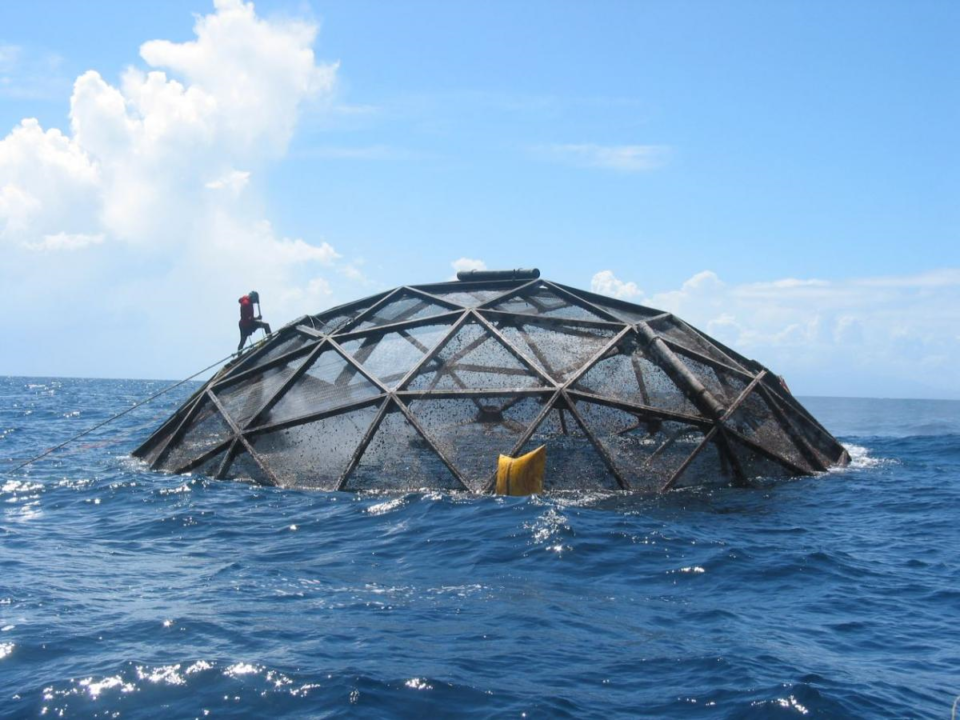
If aquapods grow fish in the open ocean, what happens when repairs are needed? Norwegian company SINTEF is developing an underwater robot that will be able to examine and repair these nets, providing a safer and more cost-effective way to manage the operation.
How will we then get these offshore fish to market? Rolls Royce believes robotic cargo ships will be used for more efficient, clean and cost-effective shipping, and this concept could potentially become a vehicle for transporting the fish raised offshore to commercial entities. In fact, Rolls Royce has already signed contracts to transport construction materials for offshore aqua farms, though these will most likely be facilitated through usual cargo methods initially.
Other robotic opportunities in our oceans include SeaVax, which is working to create a large-scale, solar-powered robotic vacuum cleaner that could pick up around 150 tons of plastic from the ocean. OceanOne is a bimanual underwater humanoid that allows for safer underwater exploration. This innovation could potentially serve as a human avatar, allowing the operator to work underwater while staying onshore. Maritime Robotics and Deep Trekker both provide robotic or unmanned ocean monitoring devices to be used in exploration and aqua farming.

3. Drones dare to take on dangerous dives for data
Similar in many ways to robots, drones also offer applications for aquaculture both above and below the water. Drones can be utilized for monitoring offshore fish farms, for example, and can take on any number of tasks that currently require specialized and expensive human intervention, such as inspecting underwater cages for damage or holes.
Companies like Apium Swarm Robotics use drones en masse to survey the ocean and provide analysis through the use of sensor technology. Blueye Pioneer offers live video streaming of underwater exploration through the use of the Blueye app on a smartphone, tablet or with goggles. Companies like SeaDrone, Aquabotix, PowerRay and OpenROV are making affordable drones for underwater exploration of both a professional and personal nature.
Drones are also able to collect information that can be used to create algorithms that further develop the technology or applications available in the production of aquaculture and offshore fish farms. Saildrone, for example, offers data collection, fish stock analysis and environmental tracking and could easily be applied to offshore aquaculture. This aquatic drone connects with a producer’s tablet, smartphone or computer and allows for information to be gathered and analyzed.
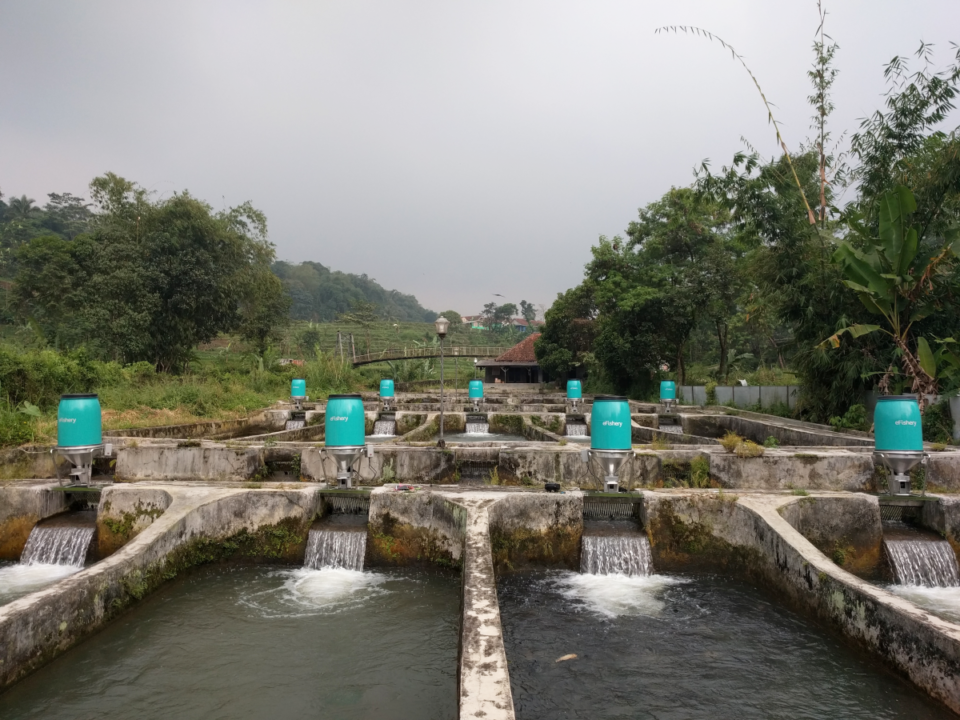
4. Sensors for smarter, more sustainable aquaculture
Many of the drones and robots mentioned above use sensors to navigate underwater and collect data such as water pH, salinity, oxygen levels, turbidity and pollutants.
From salmon to oysters, biosensors such as those created by Sense-T are helping to create efficiencies in the industry through the analysis of oxygen levels and water temperature; even heart rate and metabolism can be measured! Shrimp farms in India are using Sensorex to monitor dissolved oxygen levels and balance pH to create an ideal atmosphere for improved shrimp efficiencies and yields.
One of the coolest technologies is that of eFishery, which uses sensors to detect the hunger level of the fish and feed them accordingly. It can be used in any size farm and can reduce feed costs by up to 21 percent.
Real Tech uses sensors to monitor water quality and uses ultraviolet transmission to disinfect water of pathogens and clean aquaculture production facilities. Norwegian AKVA Group builds an entire cage with cameras, sensors, feeding and recirculation systems for use in open ocean or inland farming.
Osmobot focuses exclusively on land-based aquaculture and allows for cloud management and mobile connectivity. YSI has an array of handheld sensing devices, automatic feeding technology and transportation tanks that maintain the fishes’ ideal environment. Other neat companies that offer entire monitoring systems include IPI Singapore, which offers real-time monitoring and connects for cloud-based analytics, and Pentair, which offers a complete suite of sensor-enabled aquaponic equipment for the small-time hobbyist all the way up to commercial production companies.
5. Artificial intelligence empowers aquaculture decision-making
Collecting most of their information from sensors, many aquaculture technology companies are harnessing the power of artificial intelligence (AI) to improve decision-making. The Yield, an Australian company that provides technologies for all types of agriculture, uses its Sensing+Aqua technology to create predictive analytics for enhanced data-driven decision-making.
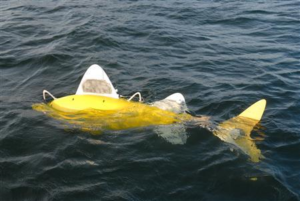
A robotic fish known as Shoal uses AI, or swarm intelligence (SI), to detect pollution underwater. The robots are sent out as a group and must be able to navigate their environment, avoid obstacles, including those of other robotic fish, recharge themselves at charging stations and generally make decisions autonomously of humans. Even companies that are considered market leaders in simpler technologies such as camera and feeding systems, such as Steinvikare making strides to incorporate AI and system learning into their technology in order to remain competitive and accommodate customers’ rising expectations.
According to The Economist, nearly 32 percent of wild-caught fish are procured unsustainably. The introduction of AI can greatly reduce overexploited fish species through camera and data collection systems that use AI to identify species and enable greater accountability of harvesting practices.
The Seafood Innovation Cluster launched the AquaCloud platform, which aims to help managers, researchers and scientists gain new insights through its massive data collection and analysis. Particularly focused on sea lice management, the platform then uses AI to aid in the monitoring of infestations’ development and spread within the environment, effectively promoting more effective area management systems for the control of pathogens.
6. Augmented reality (AR) adds a new dimension to dives
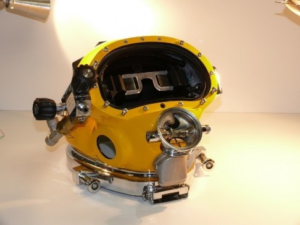
There is great potential for the use of AR in the aquaculture industry. Already the U.S. Navy uses DAVD (Divers Augmented Vision Display), which superimposes high-resolution sonar imagery on a diver’s visual world. NASA has tested Microsoft’s HoloLens in a similar way. Comparable masks include Scubus S by Indiegogo, which has a camera, or Smart Swimming Goggles by Yanko Design, which even allows for calls between divers. The implications for this from an aquaculture industry standpoint are significant. Producers could use this technology to improve the efficiency of operations, analyze mortalities, health status and a variety of environmental parameters.
One of the best ways to incorporate AR into the aquaculture industry is to use it for teaching and instructional purposes. The Norwegian University of Science and Technology (NTNU) designed an aquaculture simulator using virtual reality and AR, incorporating Oculus Rift’s technologies. The program has been designed to teach about fish welfare, disease prevention, escaping fish and dangerous working conditions. This last concept is of particular importance to students, as salmon farming is one of Norway’s principle industries.
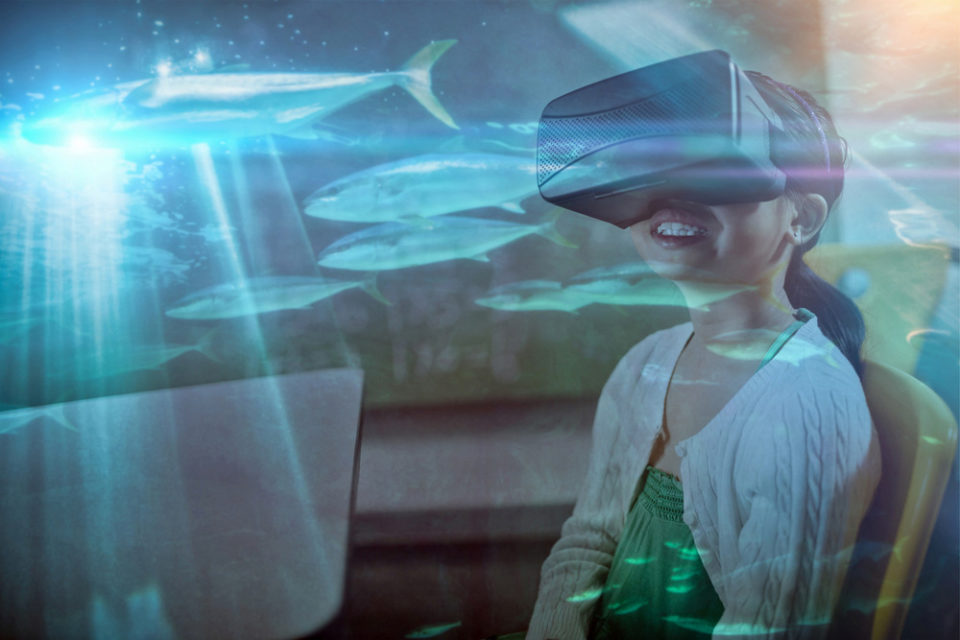
7. Virtual reality (VR) is opening the eyes of the next generation to aquaculture
The opportunities for VR in the aquaculture industry are many, particularly for training and education. VR is being used by NTNU to pique the next generation’s interest in aquaculture. NTNU has developed an aquaculture simulator that uses VR to allow students to virtually visit a fish farm. It is quite clear how such developments could also be used for training purposes in the aquaculture industry.
8. Blockchain verifies sustainability, improves transparency from fishery to finished plate
Blockchain is best known as a financially secure method of payment, which could greatly benefit the aquaculture industry. Due in part to the lifecycle of the fish and in part to the significant values involved in the transactions, the industry suffers from a poor reputation for payment contracts.
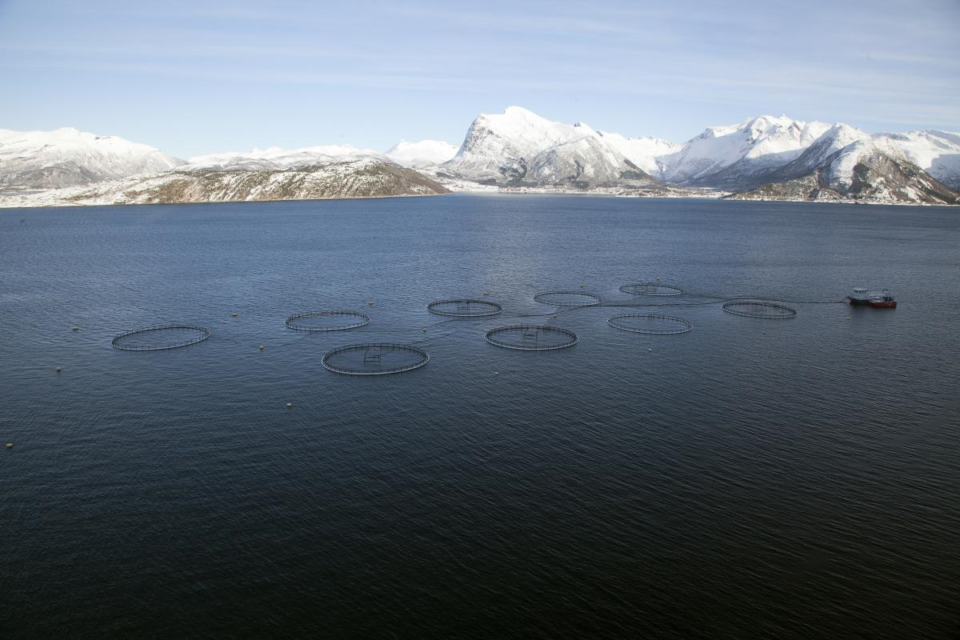
Blockchain is a digital record of transactions that is accessible publicly and is incorruptible by any one person. What it would mean for the aquaculture industry is the opportunity for transactions between suppliers and purchasers to occur immediately and safely. There would be no need for the exchange of physical monies, potentially saving the added expense of transaction and currency exchanges. Furthermore, information about individual harvests and production methods could be stored here and made accessible to other producers and consumers. Privacy is always a critical concern when discussing these matters, but the way blockchain is set up maintains privacy while enforcing transparency. Fish that is claimed as sustainably produced could, in fact, be verified as such.
Connecting all of these disruptive technologies is the internet of things (IoT)
It is this technological revolution of computing and communications that makes the robot capable of performing tasks as assigned by a remote user or that transfers information obtained through sensors to producers for analysis on smartphones, tablets or computers. For prime examples of IoT technology, look no further than Eruvaka Technologies or Cargo Zippers.
The adaptation and adoption of these eight digital technologies are occurring at an ever-increasing rate in many industries. Aquaculture has been a relatively late adopter, and what we are seeing is only the tip of the iceberg. When considering that the industry is the fastest-growing sector in food production and the Food and Agriculture Organization of the United Nations anticipates that an additional 27 million tons of fish production will be needed just to maintain the present level of consumption in 2030, it should come as no surprise that additional ag-tech investments in aquaculture will be at record levels. The future of fish farming looks more sustainable, more traceable and more profitable.
Now that you've reached the end of the article ...
… please consider supporting GSA’s mission to advance responsible seafood practices through education, advocacy and third-party assurances. The Advocate aims to document the evolution of responsible seafood practices and share the expansive knowledge of our vast network of contributors.
By becoming a Global Seafood Alliance member, you’re ensuring that all of the pre-competitive work we do through member benefits, resources and events can continue. Individual membership costs just $50 a year.
Not a GSA member? Join us.
Author
-

Aidan Connolly
Alltech
Chief Innovation Officer & Vice President, Corporate Accounts
3031 Catnip Hill Road
Nicholasville, KY 40356 USA[109,111,99,46,104,99,101,116,108,108,97,64,115,115,101,114,112]
Tagged With
Related Posts
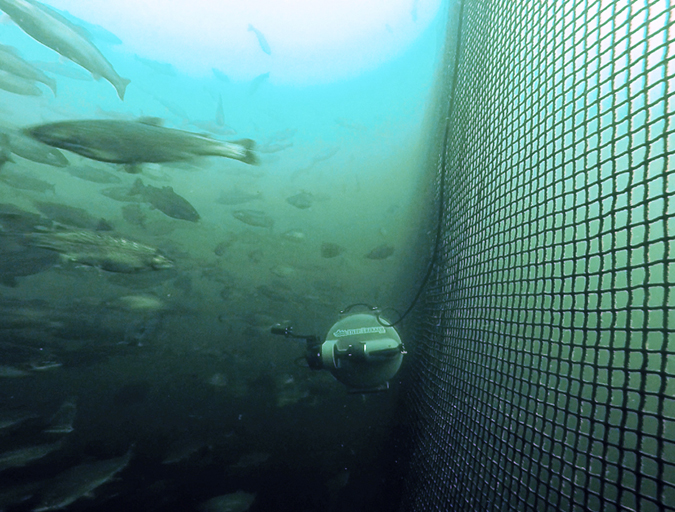
Innovation & Investment
Rise of the machines: Aquaculture’s robotic revolution
Technological advances are revolutionizing aquaculture. From airborne inspection tools to underwater drones, innovative robotics and automation technology are unveiling a brave new world of futuristic farming.
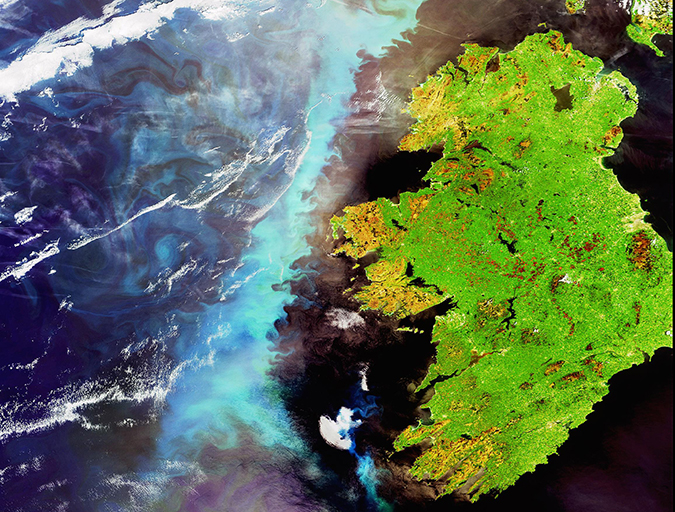
Innovation & Investment
Eye in the sky: Europe employs satellites to advance aquaculture
Copernicus – the European Space Agency’s €4.3 billion Earth Observation System – holds potential benefits for fisheries and aquaculture. The SAFI project is approaching the aquaculture sector about harnessing, and montetizing, this unique service from up above.
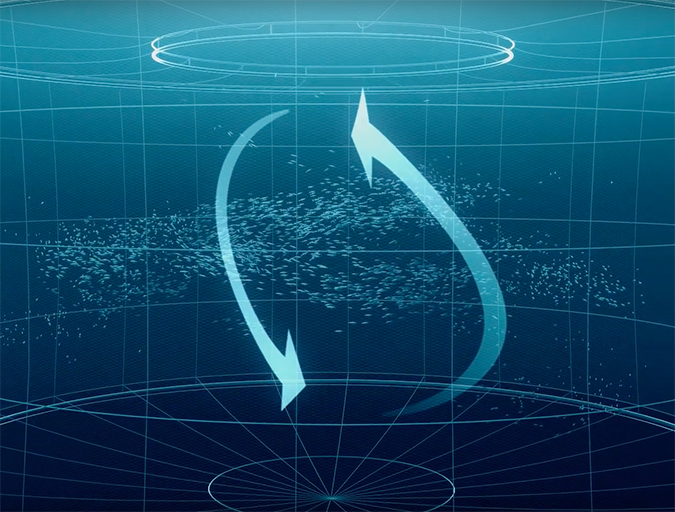
Innovation & Investment
Thinking outside the cage: Avant-garde aquaculture in Norway
Salmon farming in Norway is poised for an innovation boom. The biggest players are putting cutting technology in the water to solve some of the industry’s most persistent problems, such as sea lice, fish escape and waste management.
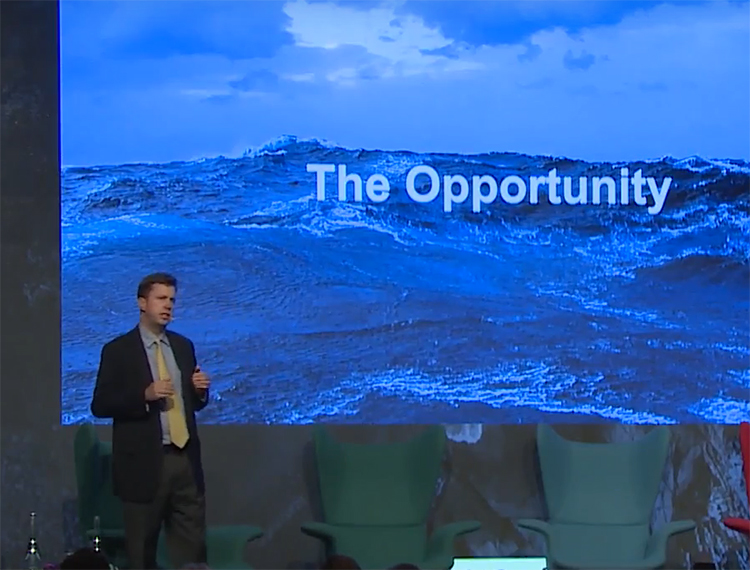
Innovation & Investment
GOAL 2017 video: Langley Gace, InnovaSea Systems
In the fifth Pecha Kucha presentation from the Global Aquaculture Alliance’s annual GOAL conference in Dublin, Ireland, Langley Gace of InnovaSea Systems talks about open-ocean aquaculture and how the future of fish farming is happening now.


